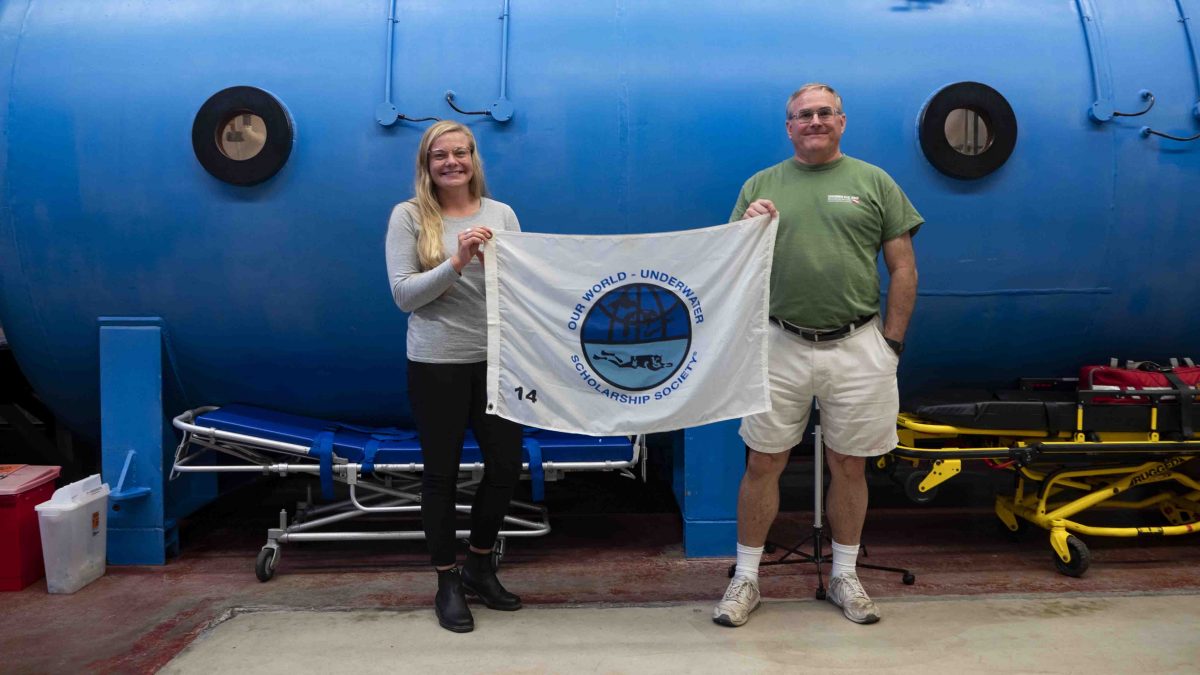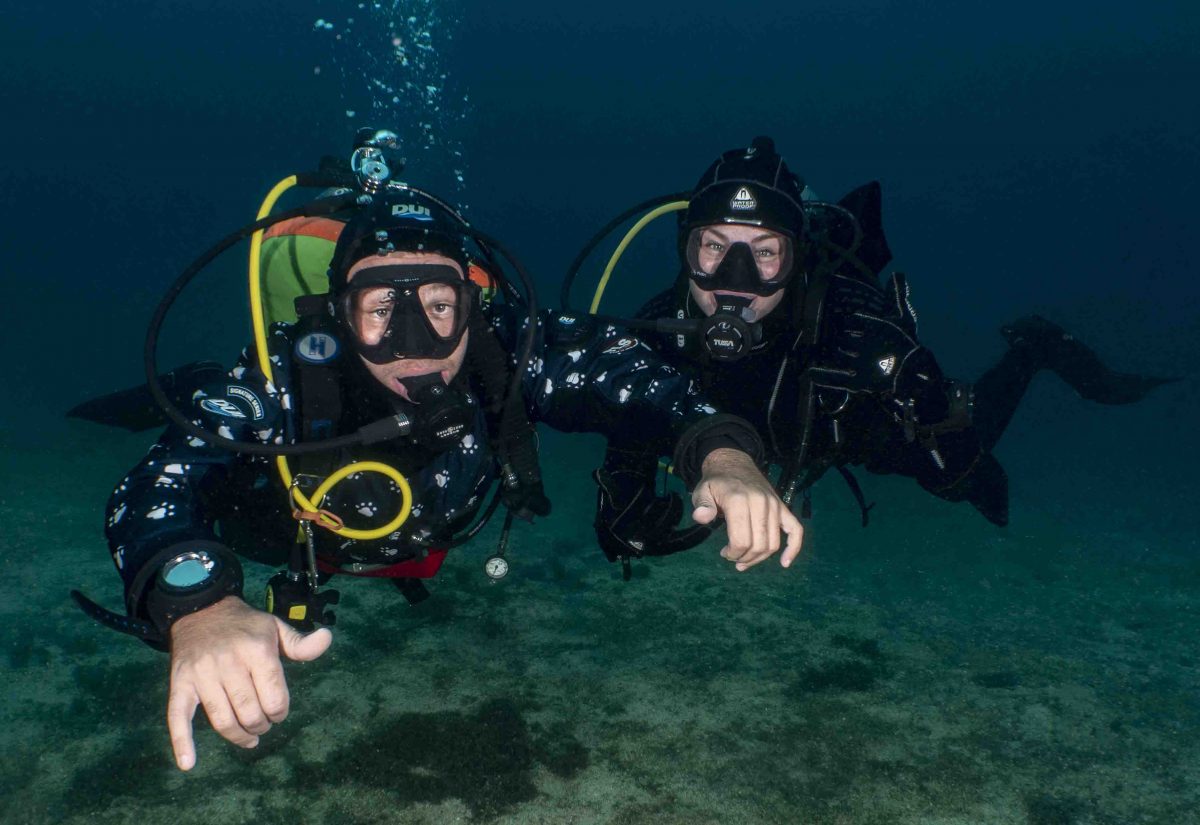
In OWUSS history, it is not that common to find scholars crossing paths – not usually long enough to get a dive in together anyway! So I was pretty stoked to be able to spend a full day diving with the 2018 North American Scholar Yann Herrera-Fuchs on Catalina Island after we had attended DEMA together in Las Vegas.

I was very fortunate to be invited to Catalina Island by Karl Huggins, Director of the USC Catalina Hyperbaric Chamber, which made up part of the University of Southern California’s Wrigley Institute for Environmental Studies on the island, where a large amount of marine science research is undertaken. Here I would spend the next few days learning all about hyperbaric medicine, as well as getting to dive in the cove with the magnificent Giant Kelp Forest and see some of the research sites.
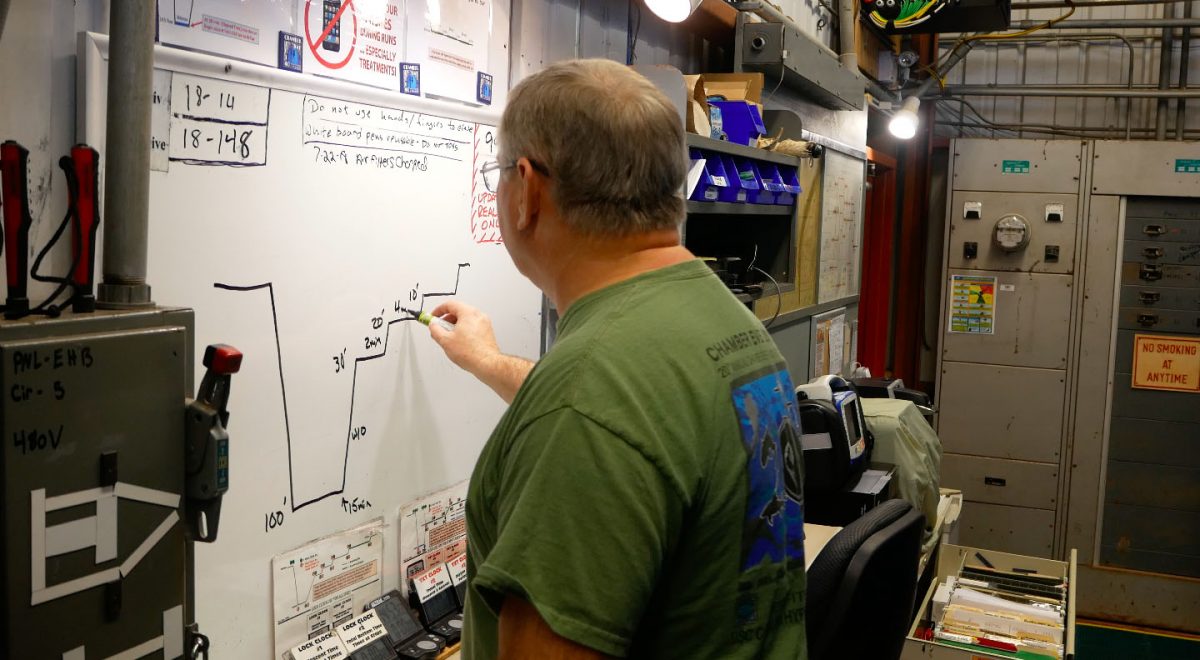
The word hyperbaric comes from “hyper” (meaning “over, above, more than normal”) and “baric” (meaning “of weight or pressure”). If the time arises that a diver needs to be treated for Decompression Sickness or Illness, the chamber is compressed to pressures as great as 50m (or 165 feet of seawater (fsw)). This is undertaken by sealing the doors and pumping in high-pressure air. The diving patient then breathes gas containing a high percent of oxygen (50% oxygen at 50m (165 fsw), or 100% oxygen at 18m (60 fsw) and shallower) through a mask. The combination of high pressure and increased oxygen levels have achieved astounding results. Amazingly, there have been recorded cases where a diver in full arrest can, upon reaching a critical pressure in the chamber, regain a pulse!
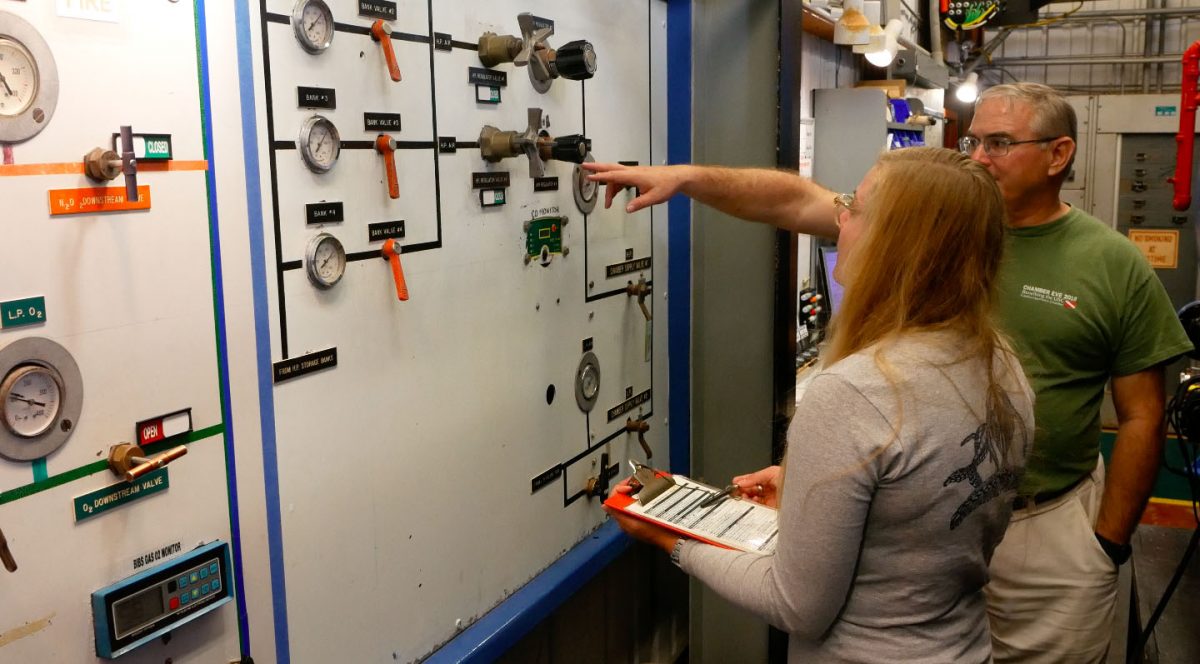
It was important to me over the year to gain practical skills that would help me in my future career. Learning more about hyperbaric medicine and how diving accident are treated, particularly in a different country like the United States seemed like an invaluable opportunity which I was eager to learn about. I had previous exposure to hyperbaric treatment whilst undertaking my scientific diving course, but it was fascinating to be able to learn in depth and get the opportunity to run the chamber myself.
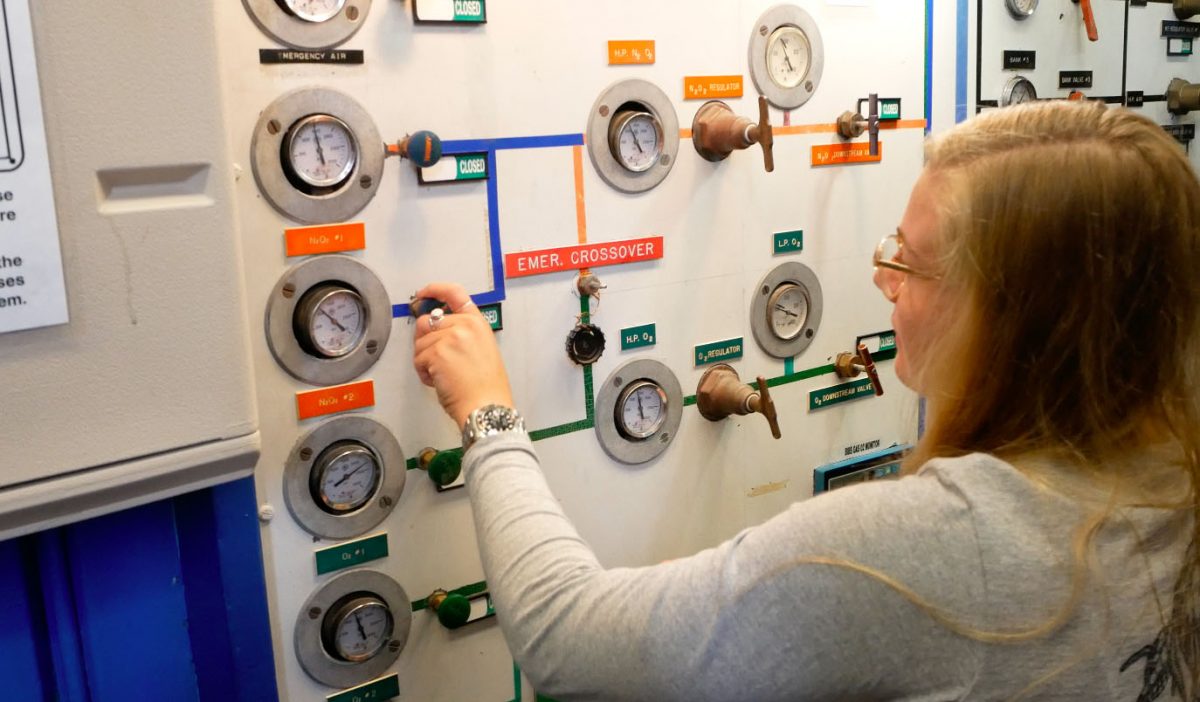
Setting up a simulated diving accident scenario, I was in charge of running the chamber under Karl’s guidance, and following the protocols that the group of volunteers routinely undertake to ensure their operation proficiency with the chamber in the case of needing to treat a diving casualty. In the case of an emergency, the volunteers would be overseen by physicians trained in hyperbaric medicine. Amazingly, this facility is staffed 24 hours per day 365 days per year thanks to the rotation of volunteer staff.
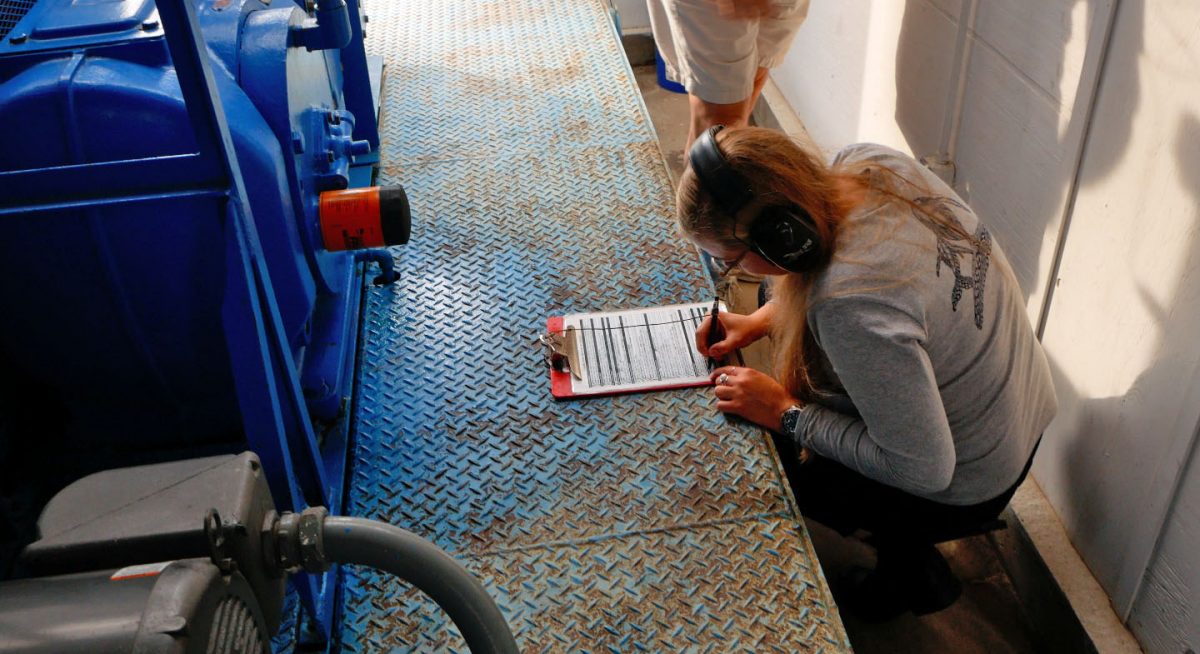

The scenario was simulated from 30m and Karl ran me through everything the volunteers would undertake from blocking off the road to allow for the helicopter to land safely, to undertaking the recompression process of the patient inside the chamber. This was an incredibly insightful opportunity to learn more about hyperbaric medicine, and to even look into some of the real-life profiles of divers who had been treated in the chamber earlier that week.
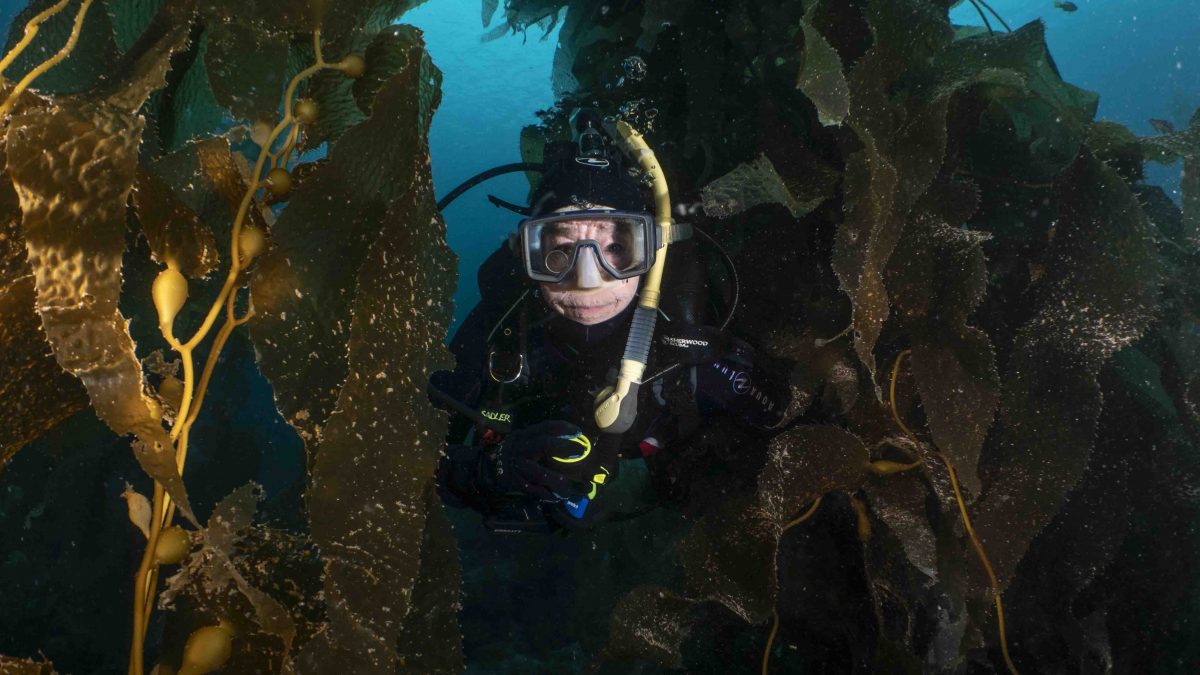
I was also extremely lucky to learn about some of the marine research that in undertaken by USC Wrigley Institute, and the operation of the diving facility at Catalina. My dive buddy would be Lorraine Sadler, one of the Diving Safety Officer for USC Wrigley Institute, and long-time resident and diver of Catalina Island. Lorraine would be showing myself and Yann the Giant Kelp Forests and the infamous fish of Catalina Island, Garibaldi!

I was lucky enough to also be joined by Yann for some diving, who was on the island to undertake some scientific dive training with the USC Wrigley Institute crew.
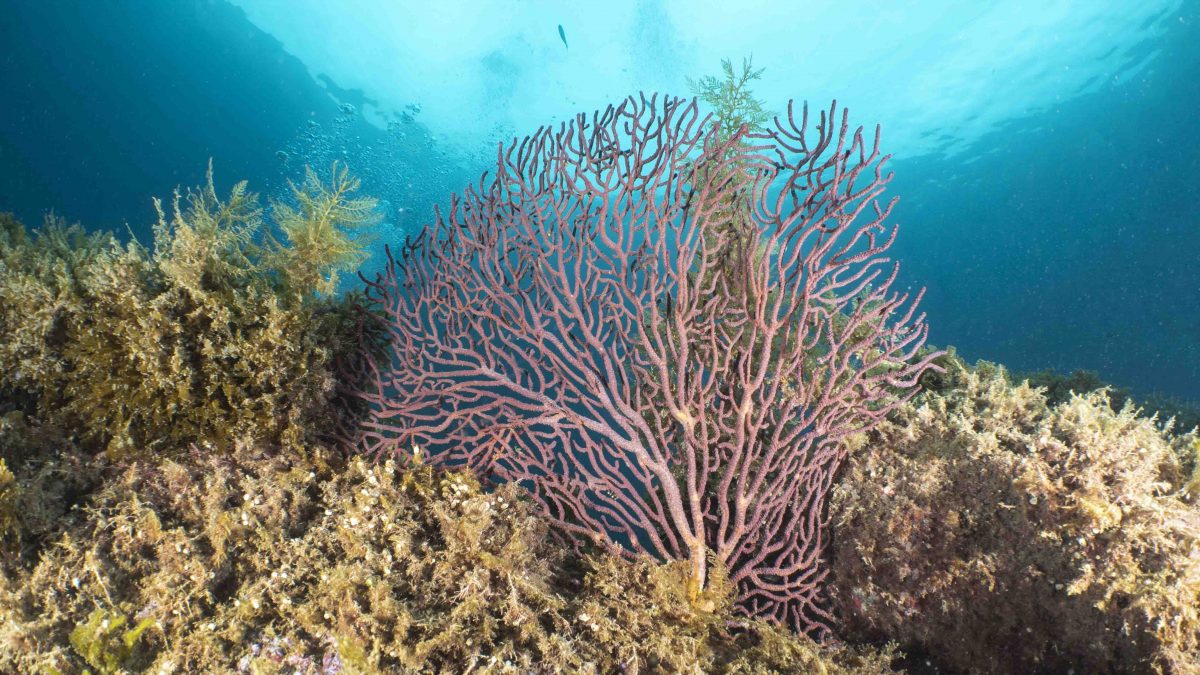

The Giant Kelp Forests lived up to their expectations! They were amazing, and Lorraine was also able to show me the new growth that was coming through in the forest at the time we were diving (just heading into the US winter).

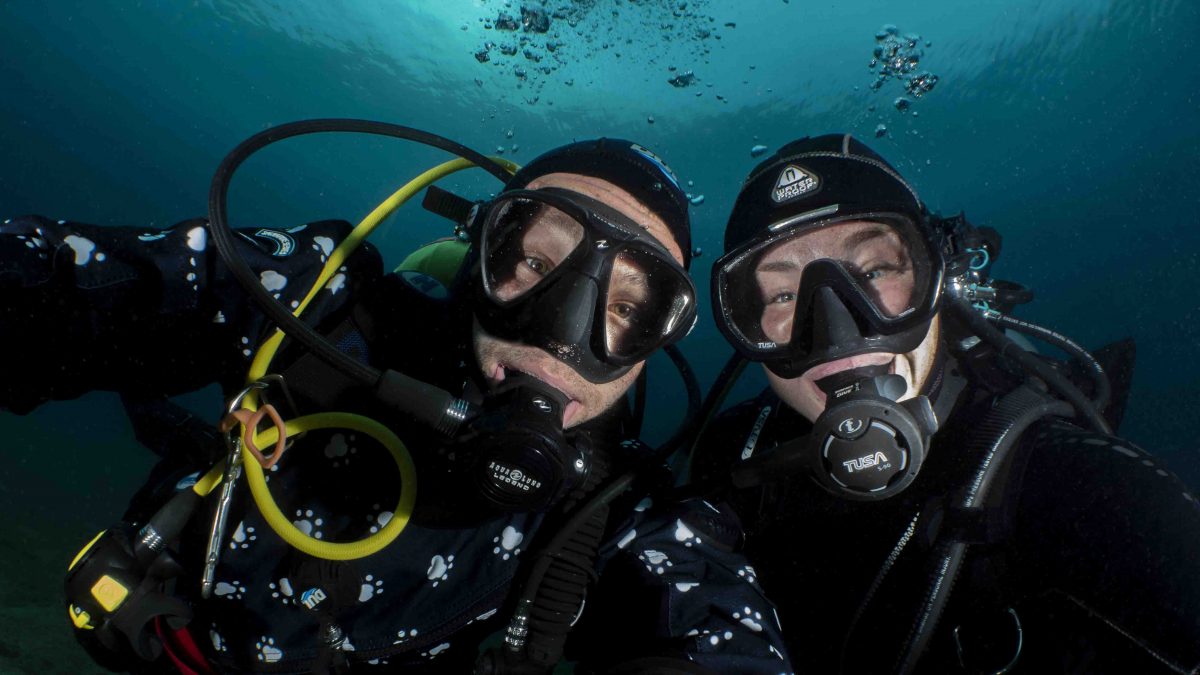
Although this was a short trip to Catalina, I was lucky enough to be given an in-depth tour of the island, both underwater and above thanks to Karl (and Lorraine). Stopping on the way back to the ferry, I was able to see my first Bald Eagle and a wild Bison!
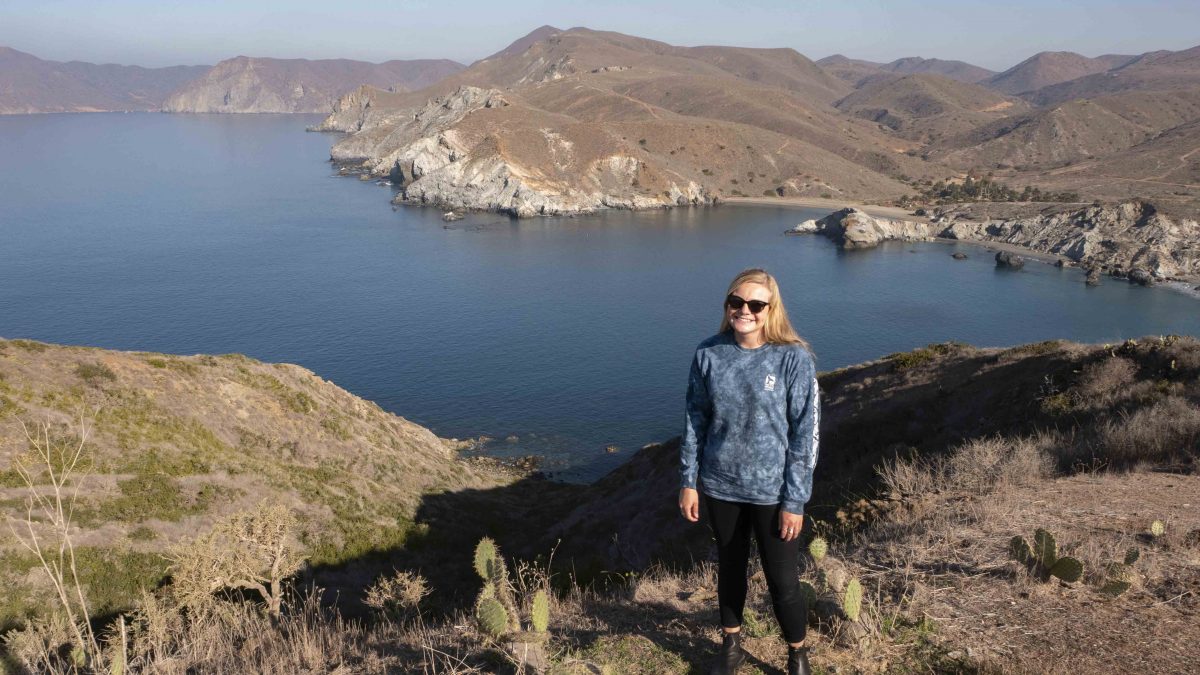
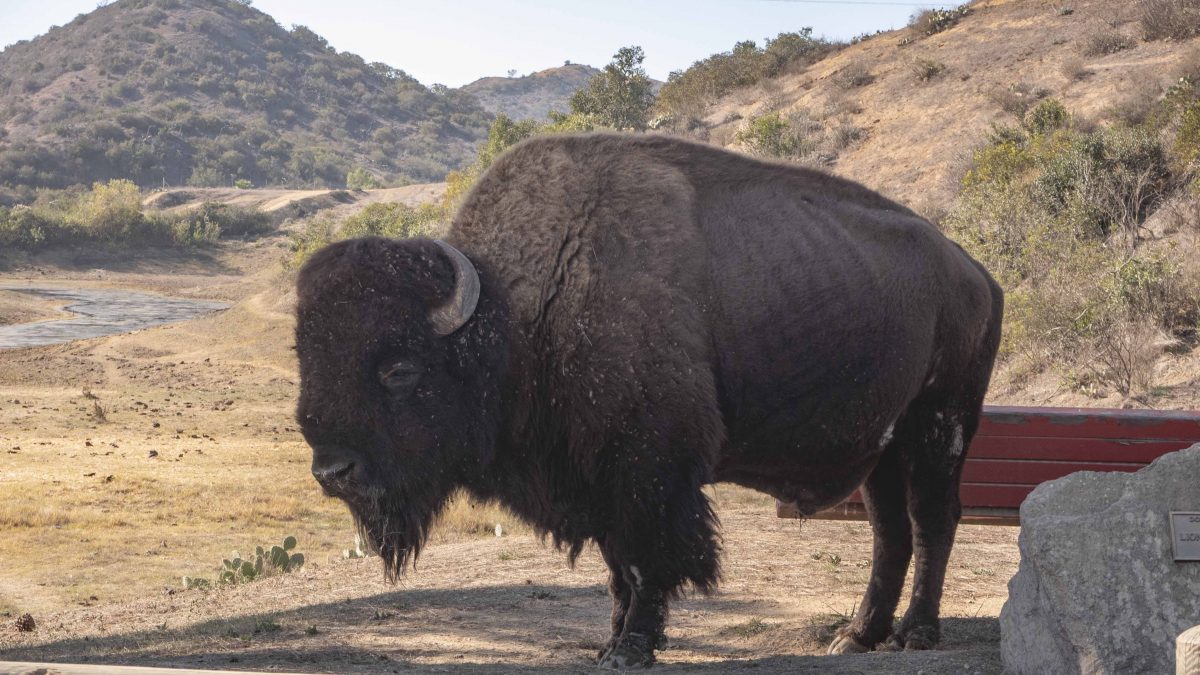
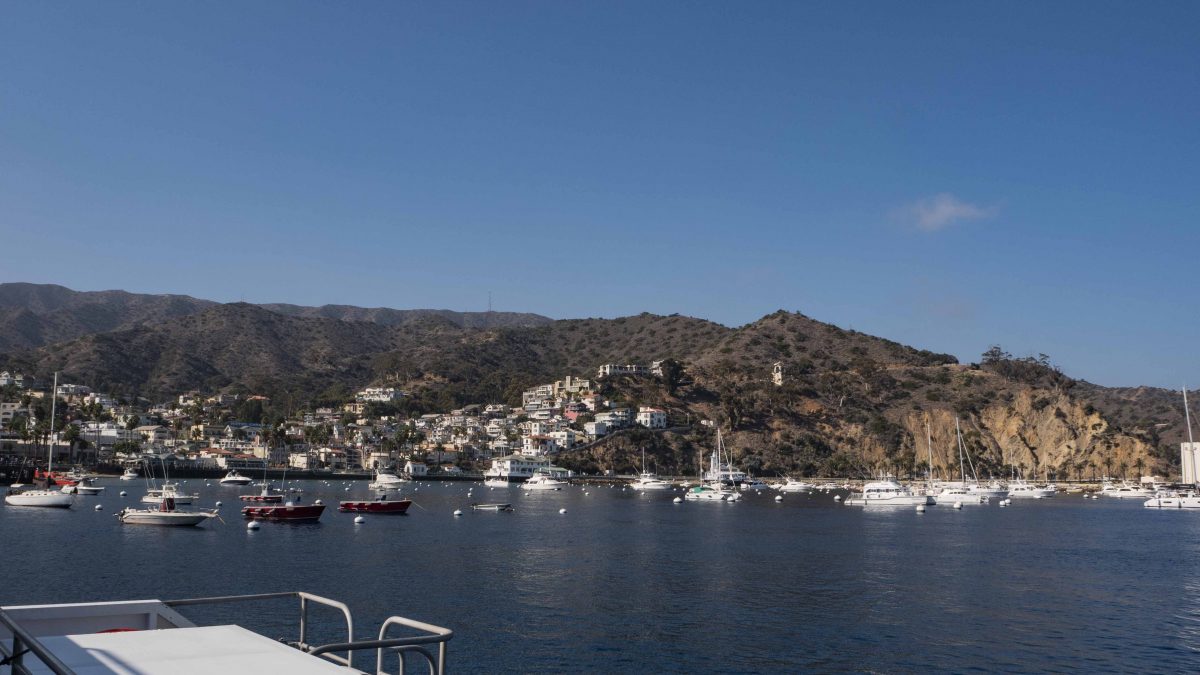
I can’t thank Karl, Lorraine and Eric enough for having me at USC Catalina Hyperbaric Chamber and the Environmental Studies department and allowing me to gain yet more knowledge of the research and diving industry, and a taste of operational hyperbaric medicine. My next stop is to the Channel Islands National Parks out of Santa Barbra.
